Adding a bus lane to the Bay Bridge? Why it's needed
Adding a Bus Lane on the Bay Bridge would be an easy way to alleviate congestion on the Bay Bridge.
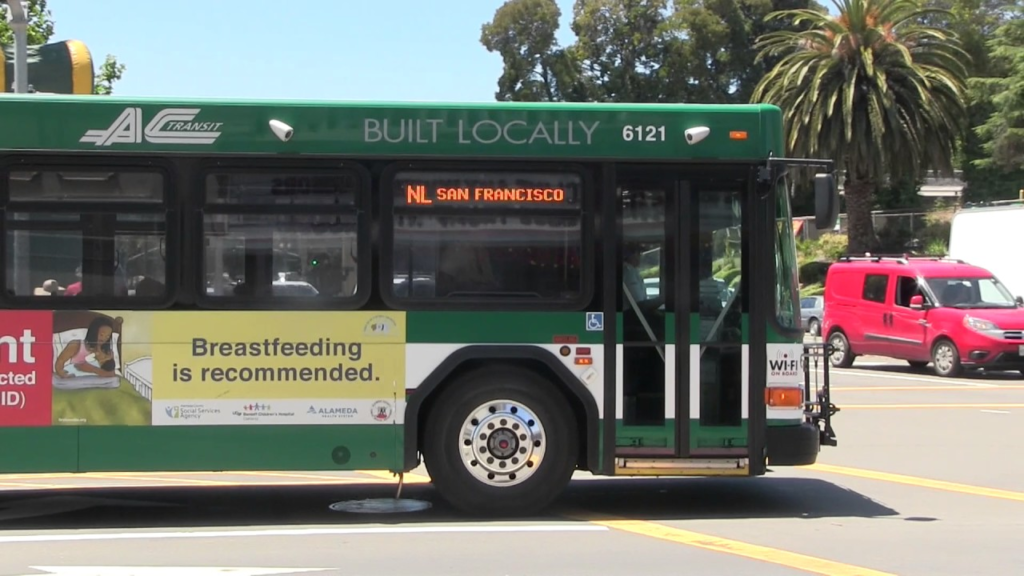
Adding a Bus Lane on the Bay Bridge would be an easy way to alleviate congestion on the Bay Bridge. Bus lanes are one of the fastest ways to travel within a city without metro systems.
A bird's eye view of a dedicated bus lane in action. We're moving nearly 70 buses an hour through the Flower Street bus lane each evening! pic.twitter.com/funsVVdX81
— LA Metro (@metrolosangeles) July 23, 2019
To be clear, I’m a big prominent of underground metro systems and trains. However, metro systems can take years and even decades before you see the results you want.
The Transbay Commute
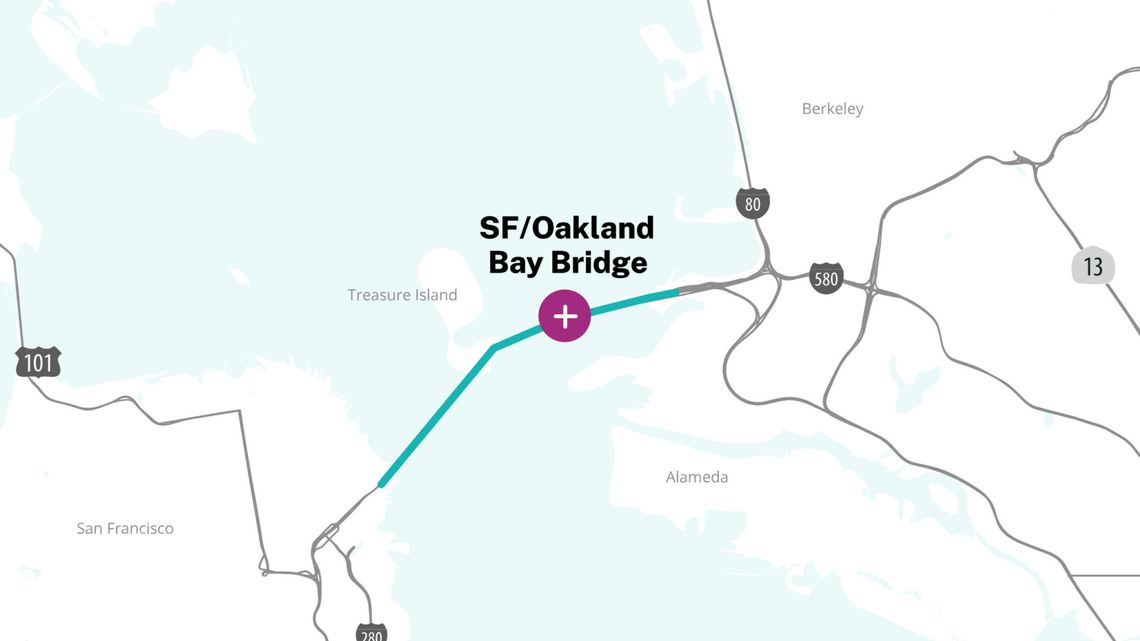
The East Bay has a population of roughly 2.5 million in 2010. It is the most populous subregion in the Bay Area. In comparison, San Francisco only has a population of 874,784 (2020).
Every day, tens of thousands of people cross from East Bay into San Francisco via bus, car, or the Bay Area Rapid Transit (BART). During peak commuting hours, as many as 40,000 people cross into San Francisco daily.
To cross into San Francisco, there are four major ways:
- Driving (Includes carpool)
- BART
- AC Transit Transbay Lines
- Ferry
My story riding the AC Transit Transbay Bus Lines
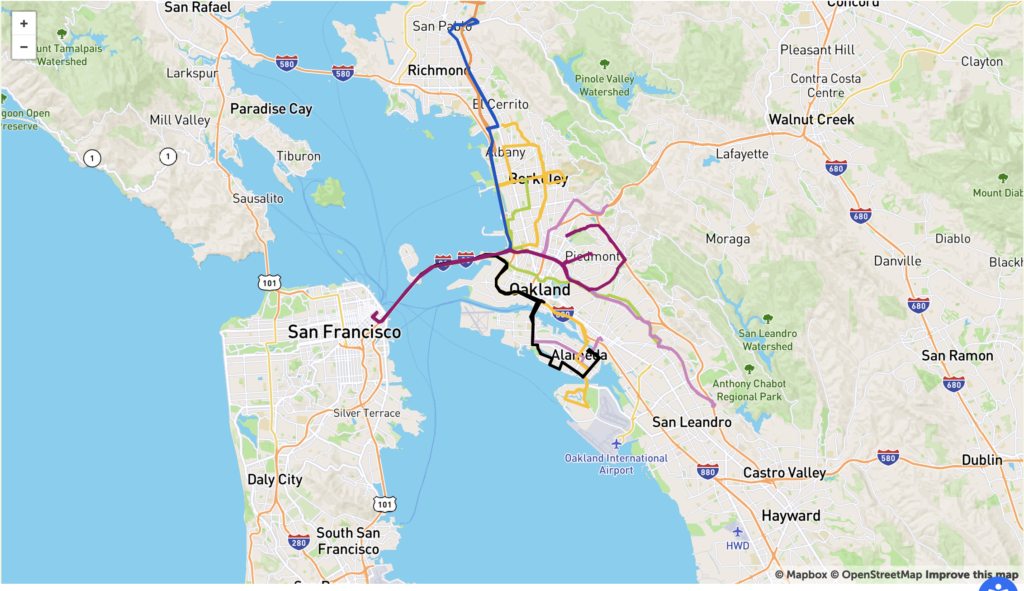
Emeryville Days (AC Transit – F) [2018-2019]
When I started working at Finix in 2019, I lived in Emeryville. The change from Bernal Heights to Emeryville resulted in a significant transit change for me since I needed to cross the bay bridge to get to work.
While I initially thought Emeryville was a terrible place to live transit-wise (I was looking for affordable for me at the time, and Emeryville was perfect for that), I was shocked to find my apartment had an excellent bus service. The Transbay took me straight to my office in the old Transbay station. It was a short walk from there to Finix’s old second street office.
The bus arrived on time and took me to San Francisco’s downtown. I felt great because I was alleviating the pressure on BART. I’ve also always enjoyed riding the bus and I rode it extensively at Stanford and when I studied abroad in Santiago, Chile.
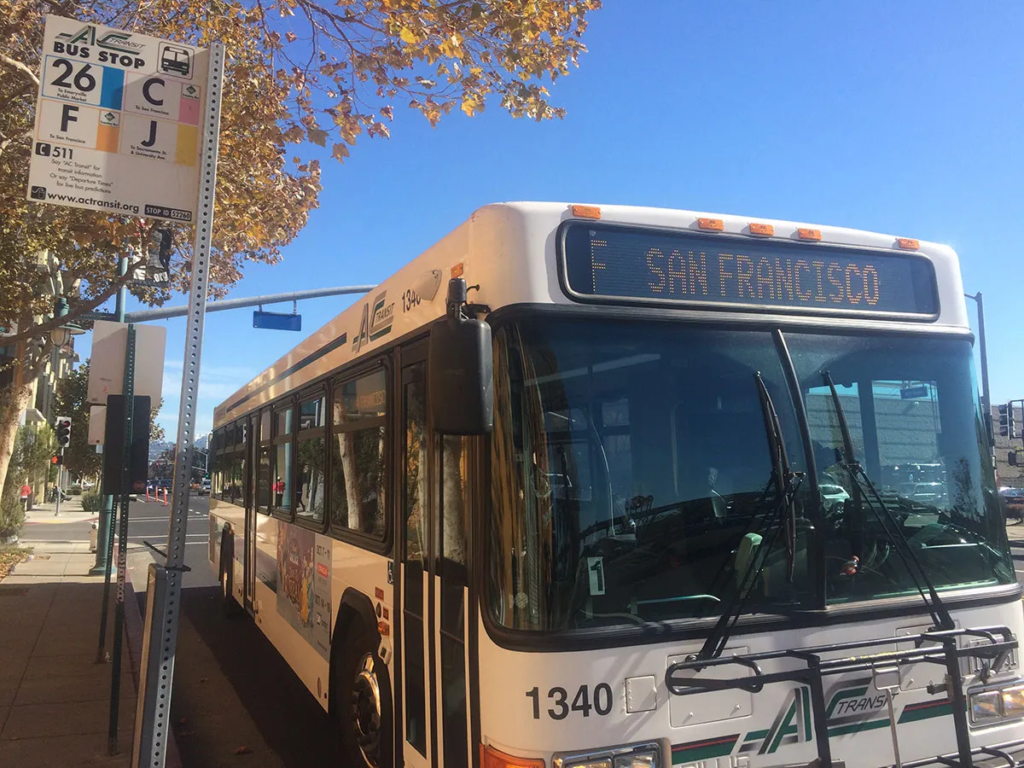
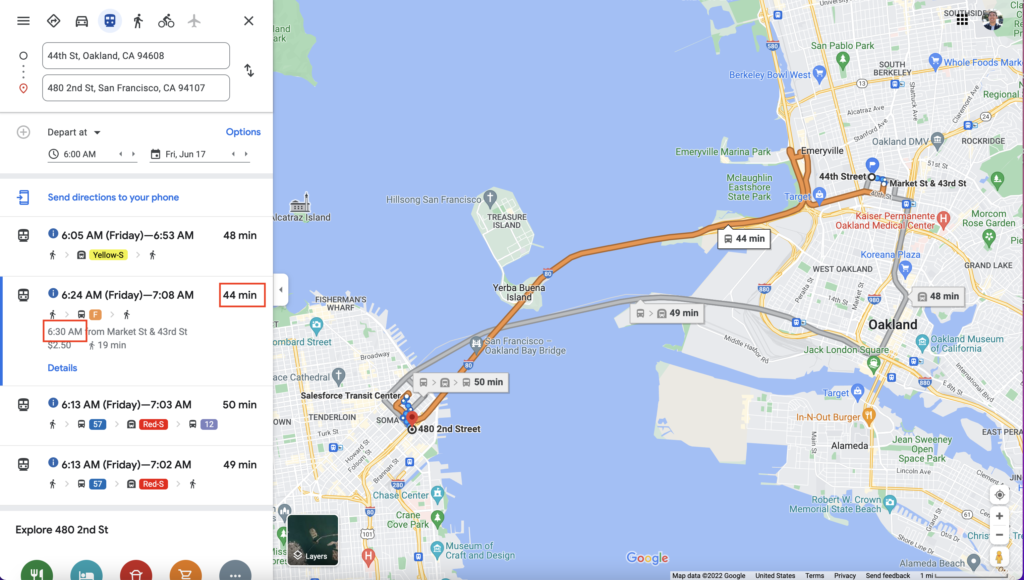
The Traffic Dilemma
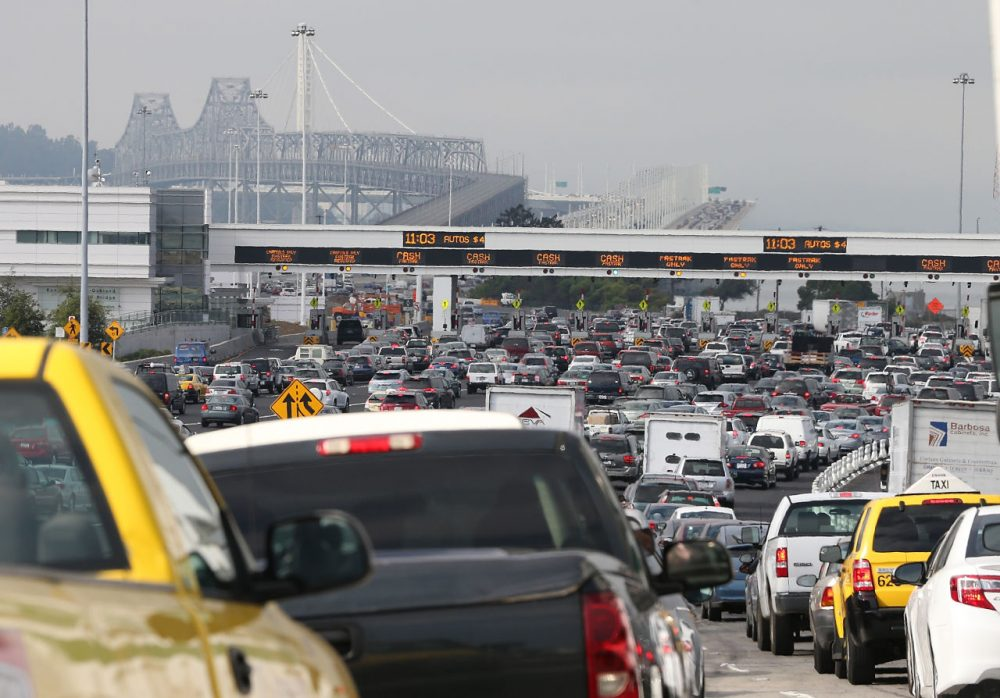
However, I had to take the BART if I didn’t get on the bus by 6:30 AM. The traffic on the Bay Bridge is terrible by 7 AM. Just utterly depressing. With the lack of a bus lane, the bus slows down depending on the traffic on the bridge.
Switching to BART made my average commute longer because I had to walk to the MacArthur BART station and then commute onto BART into San Francisco. The BART train was always at max capacity at peak commuting hours (7-8:30 AM) and crammed into San Francisco. Experiencing the difference between the BART and Transbay commute made me realize the value of the Transbay System
The value of the Transbay lines -> Coverage
While I was privileged to be able to walk to MacArthur BART station when there was traffic, not everyone is next to a BART line. If you look at the BART map, it only covers a portion of Eastbay. If you don’t live within walking distance of any BART stations, it becomes difficult without AC Transit to get to San Francisco.
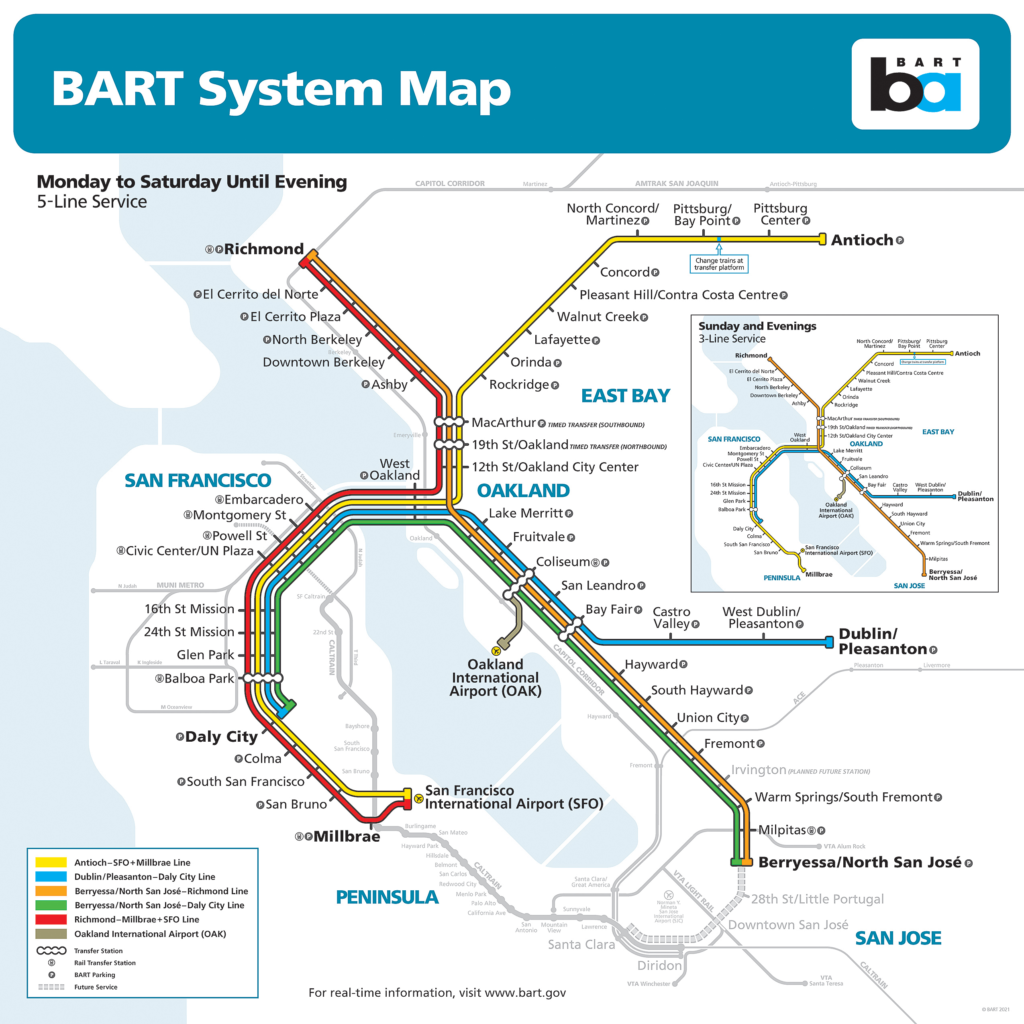
The Transbay Buses cover a much larger population. Many commuters don’t have an option to ride BART easily. The end result is that many might drive into the city instead, adding more pressure into the bay bridge.
Adams Point, Oakland, CA (AC Transit – NL) [2019-2020]
After spending time in Emeryville, Vero and I moved to our apartment in Adams Point in 2020. Adams Point is a beautiful neighborhood. However, it was a 30 min walk from the BART station. This was the first time I lived far from a BART station.
Adams Point is the beginning of the area of Oakland that isn’t near a BART station. This is the area that’s super crucial that AC Transit helps fill the gap.
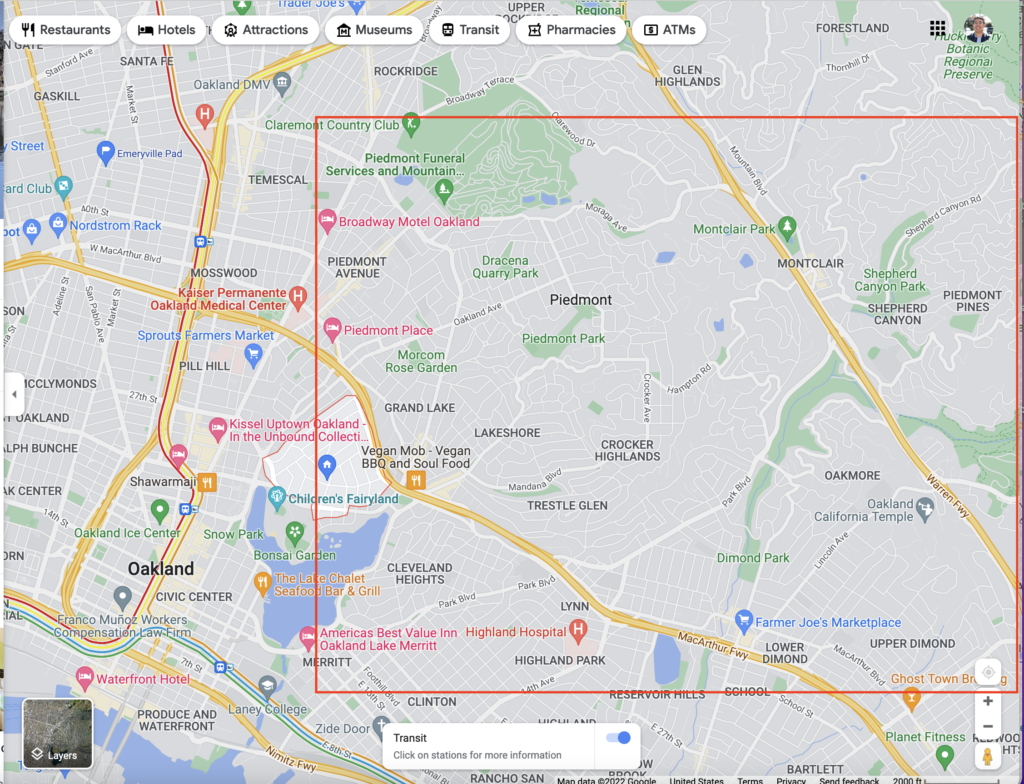
The fastest way to get to work was to ride the AC Transit bus. Instead of riding the F, I rode the NL to San Francisco. In many ways, I enjoyed the NL more than the F bus. It moved faster and came more frequently.

However, it still suffered from the Traffic problem on the bay bridge. I’m stuck in traffic if I wasn’t on the 6:30 bus.
Bus Lane on Bay Bridge
I was an almost daily rider (60%) of the NL and F line for about 2 years. Had I had a bus lane, I probably would have been a 100% daily bus rider. If I got up later than 6 AM, I was taking the BART that day.
Before Bus Lane
Here’s a picture of the bay bridge below on a usual commute.
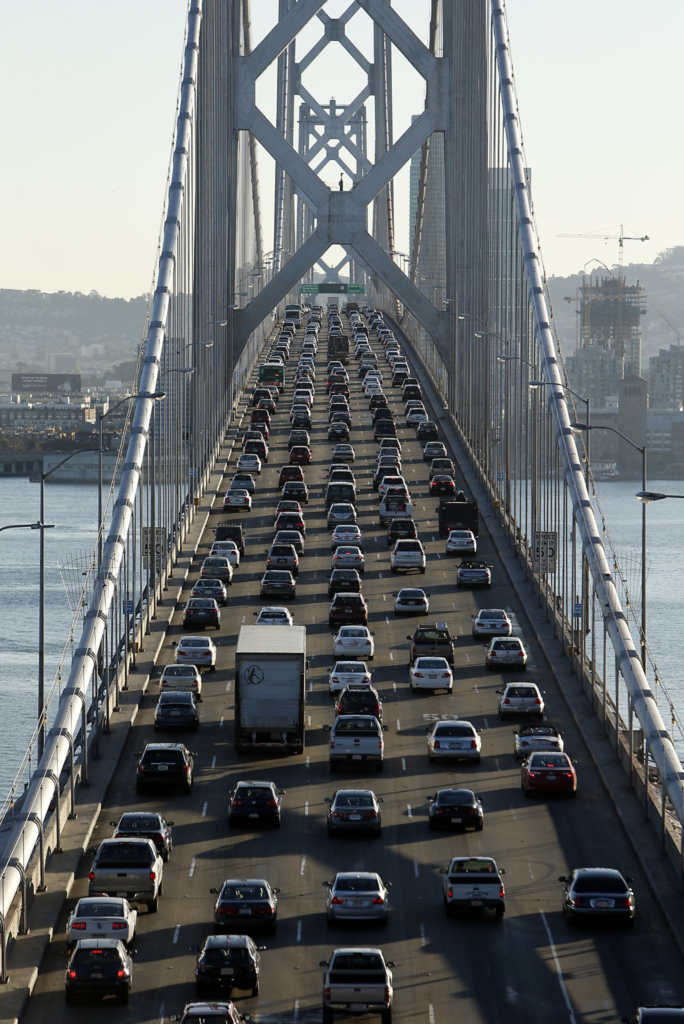
After Bus Lane
If we were to add a bus lane on the Bay Bridge, the following services would all be able to use this bus lane:
- AC Transit Transbay Buses
- Contra Consta County’s Lynx Express Bus
- FlixBus, Greyhound, Megabus (I’ve ridden Megabus and Greyhound to LA through the bay bridge)
- Private Charter Buses
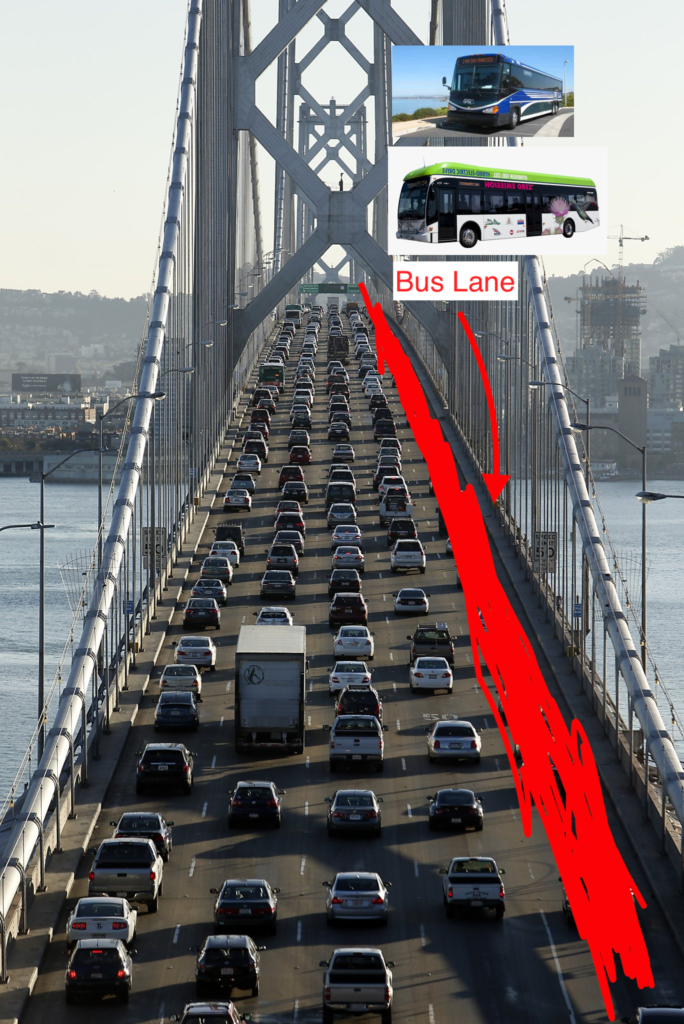
Bus Rapid Transit (BRT) Lanes worldwide
If you look at other countries, they have similar problems with traffic but have Bus Rapid Transit (BRT) Lanes. These bus lanes are an easy Return on Investment (ROI) to improve rapid transit systems.
They are ubiquitous in Latin America with an immense amount of bus ridership.
Mexico City, Mexico
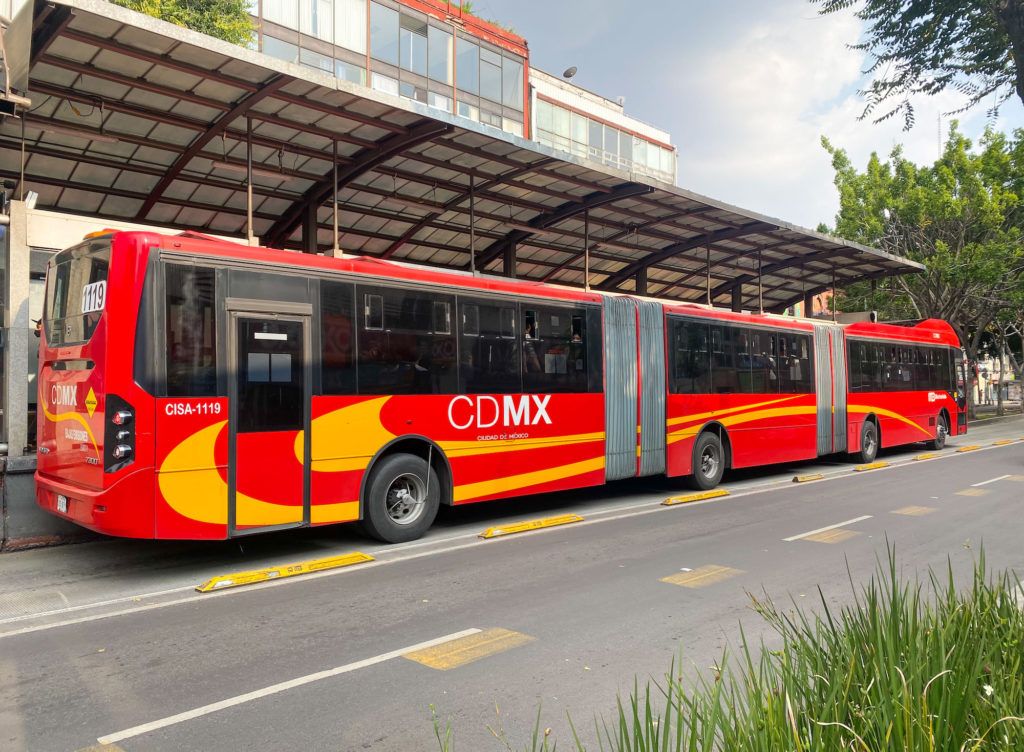
Mexico was notorious for its gridlock. In 2005, Mexico City opened Metrobus, a Bus Rapid Transit System, along one of the city’s busiest streets. It has, for example, contributed to the reduction of commute time from 1.5 hours to 1 hour for the route, and reduction of CO2 -emissions by 35,000 tons annually (Sustainable Development UN)
Sitting in traffic on the 66 bus this morning, I can’t help but think about being on a #BRT bus in Mexico City last year & zooming past lanes of cars in one of the world’s most congested cities. As we talking about fixing #transit, buses can be a big part of the solution. #MA04 pic.twitter.com/P5idlwsq3m
— Jesse Mermell (@jessemermell) December 13, 2019
Read More
- How Bus Lanes Eased Mexico’s Grueling Commutes
- What Chicago can learn from Mexico City’s bus rapid transit
Curtiba, Brazil
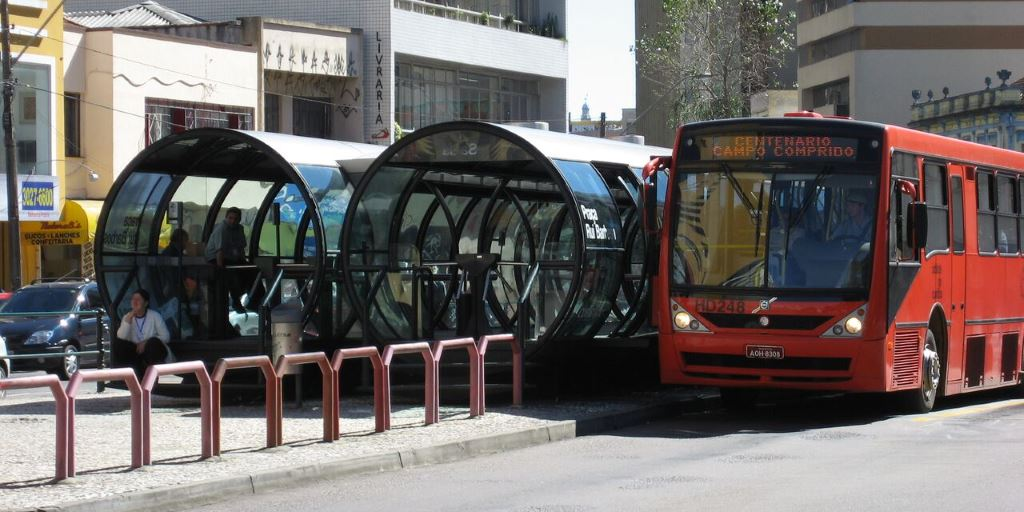
Curitiba’s Rede Integrada de Transporte (integrated transportation network) was the second BRT system implemented in the world, and began operations in 1974. Curitiba’s has been the model for the design and implementation of many BRT systems around the world (Wikipedia).
Read More
- How Curitiba’s BRT stations sparked a transport revolution
- What the World’s First Bus Rapid Transit System Can Teach Us
Guatemala City, Guatemala
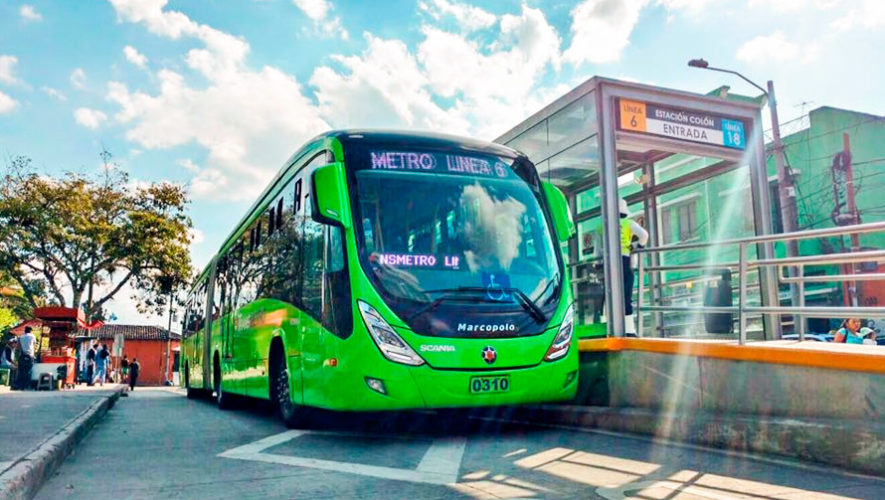
Transmetro is a bus rapid transit system in Guatemala City, Guatemala. The first line opened on February 3, 2007. These buses have fixed stops and partly run on dedicated lanes, avoiding other traffic (Wikipedia).
A personal note on Guatemala City’s TransMetro
TransMetro’s growth is personally significant to me. When I applied to Stanford for my undergrad, one of the admissions prompts asked me, “what’s one thing I would like to change in the world?”
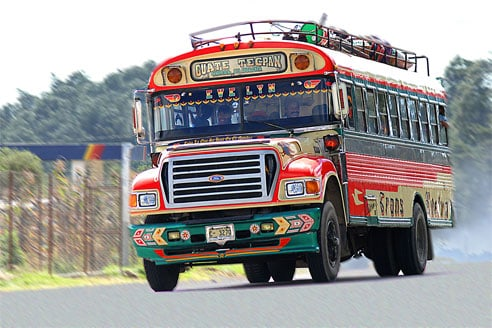
My response to the question was the reduction of pollution from chicken buses in Guatemala.
When I remember my childhood in Guatemala, it smells like delicious bread indoors and outside like Diesel (yes, I’m not joking, it’s probably why I have asthma). A big part of that is due to the Chicken Bus transport system. My response in my essay focused on regulating and banning straight-piping chicken buses.
Guatemala’s BRT system offers another solution to my original proposal: clean buses from Volvo and a centralized bus system with dedicated bus lanes. This is a much more ambitious solution. Guatemala is even starting the groundwork for electric buses.
When I cross the bay bridge on AC Transit or via car and lower my window, I smell the pollution on the bay bridge, bringing me back to the air pollution in Guatemala.
Closing Thoughts
I’ve lived in the bay area for ten years throughout San Francisco, Alameda County, and Santa Clara County. I’ve done the Transbay commute for ten years via BART, the Bus, and my car.
While I currently reside in San Francisco, I’m returning to Oakland at the end of the year. Depending on where Vero and I live, I’ll either be a daily BART rider or an AC Transit rider into San Francisco.
In those ten years, the bay bridge’s traffic has only worsened. Even yesterday, it took me 2 hours to cross into Oakland in my car to visit Ikea. While adding a bus lane might make my commute slightly longer when I drive in, the return on investment (ROI) to all the commuters will be immense.
We likely won’t get another metro system besides MUNI’s underground and BART in the bay area. As a result, we need to look to Bus Rapid Transit (BRT) to improve commuting times. This pain point is especially acute in the Transbay commute.
Next Steps – California Assembly Bill AB-455
Buffy Wicks (CA Assembly Member – District 15) and Scott Wiener (CA Senator – District 11) are sponsoring bill AB-455 to send to Gavin Newsom’s desk soon.
I urge everyone to support this bill.

